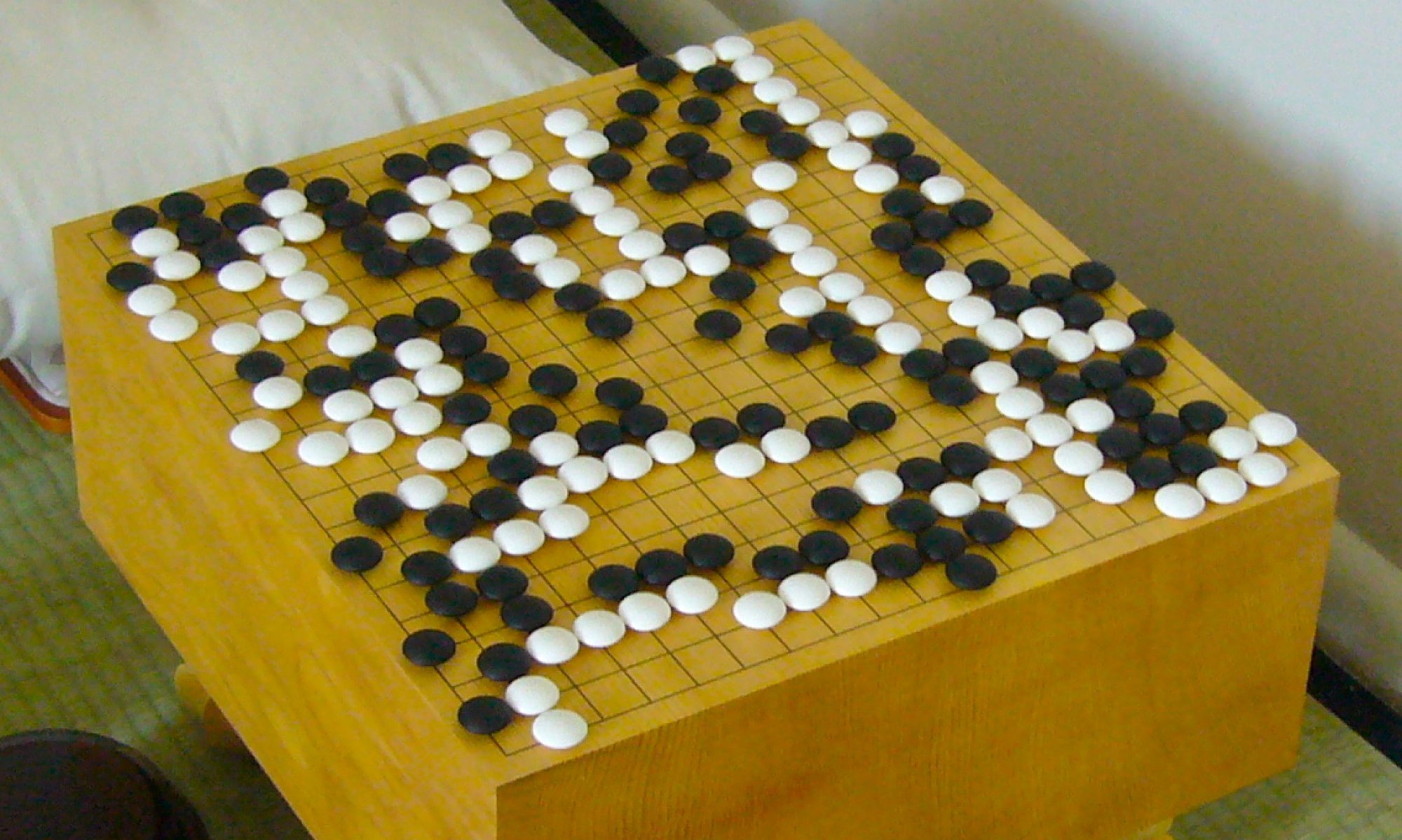One of the risks that we are handling in the hardware development of the project is starting mid-size scale development of the circuitry without having tested a subset of the circuitry design. Some concerns regarding this is that our Arduino component, even though theoretically able to provide enough Current for our required sensor subset read time, the Current the Arduino has may not be substantial enough to provide for all the sensors at once. If this Arduino can not provide Current required, we will need to add more into our circuit than expected to limit current usage of each sensor.
For the secondary risk mentioned in last week’s team status report, we were able to find an open-source database with expert Go games; this fully mitigates this risk from last week. The games are stored in a file format called SGF, or smart game format, where game moves are stored in a tree which allows for variations from the main line of gameplay. This database has over 60000 go games, and the go games are split into different categories.
For hardware, we have changed our usage of photodiode sensors to photo resistors with an additional static 1MOhm resistor in series. This decision was required due to unexpected value results not being a high enough range. This along with the component requiring an additional resistor to restrict Supply Current made our usage of this sensor impractical and even more expensive than other components. The new photo resistors are very simplistic in characteristic, cheaper, and will theoretically be able to provide a larger range of light values with our 1MOhm resistor we have chosen in series. In addition, we have added more parts to the physical board design, as we will require an additional platform in the physical board to support the multiple mini vectors to be held near the top of the board’s holes.
Besides the hardware design change, there are no design changes to the reinforcement learning side and the software side. The development of the reinforcement learning model is ahead of schedule. The development of the software side is a little behind schedule, but the work can easily be caught up in time.
Updated schedule:

Physical board assembled and subcircuit testing breadboarded.

General vector board placement internal view

